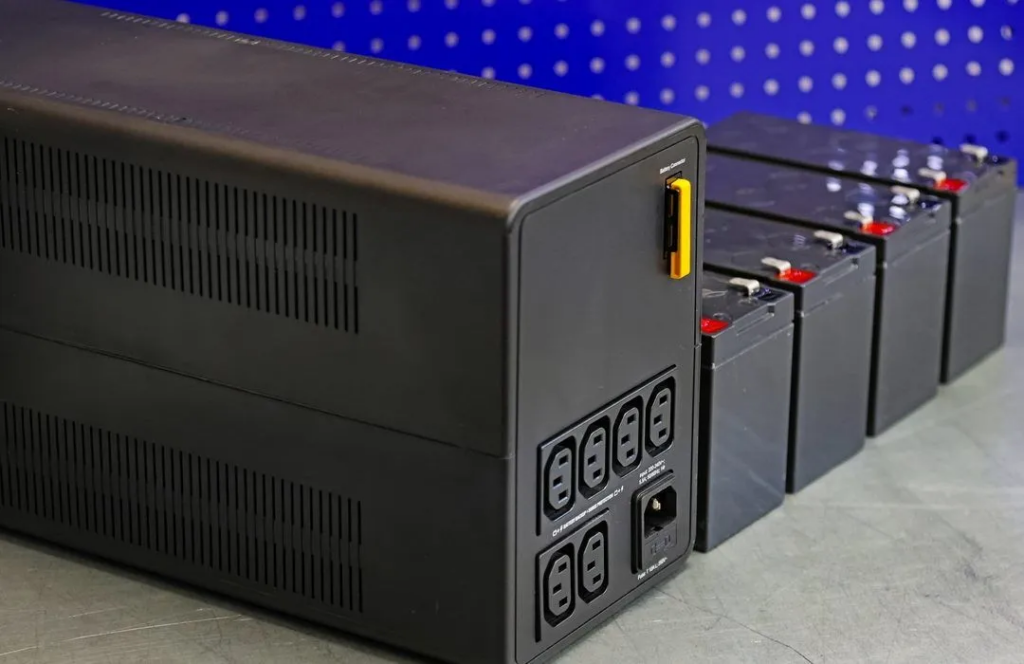In recent years, the importance of backup power solutions has become increasingly evident across various sectors in Australia. From hospitals and data centres to residential homes and remote communities, the need for reliable power backup systems is crucial.
As the demand for backup power solutions grows, so too does the complexity of the regulatory environment surrounding them. Understanding the future trends in regulatory policies is essential for businesses and consumers alike to ensure compliance and optimise the effectiveness of their power solutions.
The Current Regulatory Landscape
The regulatory environment for backup power systems in Australia is primarily governed by a combination of national and state-level regulations. These regulations cover various aspects, including safety standards, environmental impact, and technical specifications. The main regulatory bodies involved include the Australian Energy Regulator (AER), the Clean Energy Regulator (CER), and the Australian Communications and Media Authority (ACMA), among others.
Key Regulations Affecting Backup Power Solutions
- Safety Standards: Backup power systems must adhere to strict safety standards to prevent accidents and ensure the safety of users. This includes compliance with the Australian Standard AS 3011, which outlines the requirements for electrical installations in backup power systems.
- Environmental Regulations: The environmental impact of backup power solutions is a significant concern. Regulations such as the Clean Energy Act 2011 and the National Greenhouse and Energy Reporting Act 2007 impose obligations on businesses to reduce emissions and improve energy efficiency.
- Technical Specifications: Backup power systems must meet specific technical requirements to ensure compatibility and reliability. These specifications are often outlined in industry standards such as AS/NZS 3010:2017, which provides guidelines for the selection and installation of emergency power supplies in buildings.
Challenges in the Current Regulatory Environment
The current regulatory environment presents several challenges for businesses and consumers implementing backup power solutions. One of the main challenges is the complexity and variability of regulations across different states and territories. This can create confusion and increase compliance costs for businesses operating in multiple jurisdictions.
Emerging Trends in Regulatory Policies

As the demand for backup power solutions continues to grow, regulatory bodies are increasingly focusing on updating and enhancing policies to address emerging challenges and opportunities. Several key trends are expected to shape the future regulatory landscape for backup power solutions in Australia.
Focus on Renewable Energy Integration
One of the most significant trends in the regulatory landscape is the integration of renewable energy sources into backup power solutions. As Australia moves towards a more sustainable energy future, there is a growing emphasis on reducing reliance on fossil fuels and increasing the use of renewable energy in backup power systems.
This shift is likely to result in new regulations and incentives aimed at promoting the adoption of renewable energy technologies, such as solar panels and wind turbines, in backup power solutions.
Emphasis on Energy Efficiency and Demand Management
Energy efficiency and demand management are becoming increasingly important in the context of backup power solutions. Regulatory bodies are expected to introduce new standards and guidelines aimed at improving the energy efficiency of backup power systems and optimising their performance.
Strengthening Cybersecurity Measures
As backup power systems become more connected and integrated with digital technologies, the importance of cybersecurity cannot be overstated. Regulatory bodies are likely to introduce new policies and standards to address cybersecurity risks and ensure the resilience of backup power solutions against cyber threats.
Streamlining Compliance and Reporting Processes
To reduce the compliance burden on businesses and improve transparency, regulatory bodies are expected to streamline compliance and reporting processes for backup power solutions. This may involve the introduction of digital platforms and tools to facilitate the submission of compliance reports and streamline communication between businesses and regulators.
Implications for Businesses and Consumers

The evolving regulatory landscape for backup power solutions presents both challenges and opportunities for businesses and consumers. Understanding these implications is crucial for making informed decisions and ensuring compliance with future regulations.
Impact on Businesses
For businesses, staying abreast of regulatory changes and trends is essential to maintaining compliance and minimising risks. This may involve investing in new technologies and infrastructure to meet emerging regulatory requirements, such as integrating renewable energy sources or enhancing cybersecurity measures.
Opportunities for Innovation
While regulatory changes may pose challenges, they also present opportunities for innovation and differentiation. Businesses that proactively adopt sustainable and energy-efficient backup power solutions can gain a competitive advantage and position themselves as leaders in the industry.
By embracing emerging technologies and aligning with regulatory trends, businesses can enhance their reputation, attract environmentally conscious customers, and potentially access incentives and funding opportunities.
Considerations for Consumers
For consumers, understanding the regulatory landscape is important for making informed decisions when selecting backup power solutions. Consumers should prioritise solutions that comply with relevant regulations and standards to ensure safety, reliability, and environmental sustainability.
Conclusion
The future trends in regulatory policies for backup power solutions in Australia are shaped by a growing emphasis on sustainability, energy efficiency, and cybersecurity. As the demand for reliable backup power continues to increase, businesses and consumers must navigate a complex and evolving regulatory landscape.










